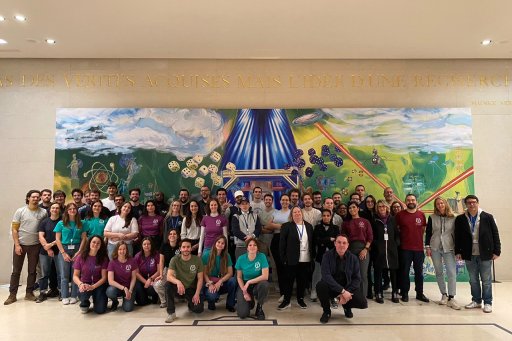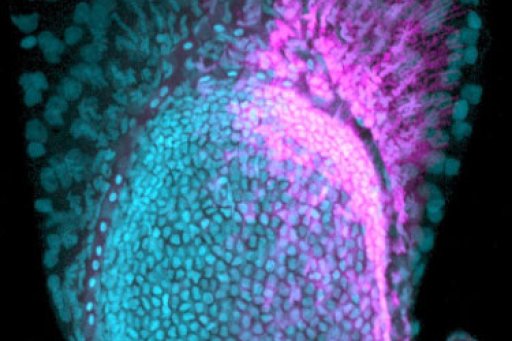What chemotherapy side effects are you working on ?
Many chemotherapy treatments have significant side effects : chemically-induced peripheral neuropathy is one of them. I'm working on this pathology, because it's very disabling for patients who experience severe pain for which there is no specific treatment. The main symptoms are pain in the hands and feet, tingling and burning. Some patients will also have fine motor defects and difficulty moving around. The fact that there are so many different symptoms, some mild, others more severe, is due to the fact that this pathology is progressive : the more doses of chemotherapy the patient receives, the greater the damage and the more likely the symptoms will worsen. In the laboratory where I carry out my research, we are specifically studying a chemotherapy, oxaliplatin, which is mainly used in the treatment of digestive cancers. In nearly 80 % of patients, it causes so-called acute peripheral neuropathy, with symptoms appearing as little as thirty minutes after the first injection. These acute symptoms may disappear if treatment is stopped. On the other hand, if patients continue to receive multiple injections of oxaliplatin, chronic neuropathy may set in, with pain persisting for years, despite the remission of their cancer.
How are these side effects treated today ?
To date, there is no treatment for chemically-induced peripheral neuropathy. Pain treatments are sometimes prescribed, but they are not specific to this pathology and are therefore ineffective in most patients. The only solution at present is to reduce or stop chemotherapy. These chemically-induced peripheral neuropathies are therefore a major public health problem, as they reduce the chances of curing cancer.
Why do we speak of " peripheral neuropathy" ?
This pathology is called peripheral neuropathy because it affects the nerves. It's a disease of the peripheral nervous system. The body is made up of the central nervous system - including the brain and spinal cord - and the peripheral nervous system, made up of peripheral nerves. The latter innervate our organs and limbs. They transport information between the brain and the periphery : their proper functioning is therefore crucial. This neuropathy is called peripheral because it seems to affect only the nerves, and therefore the peripheral nervous system. The brain does not appear to be affected.
You focus on the blood vessels in the nerve, which you describe as forming a " barrier " between the blood and the nerve. Can you explain ?
I work in Isabelle Brunet's team studying the interactions between the vascular and nervous systems. These interactions are molecular, cellular and functional. For example, the nervous system can have an impact on the heart and blood vessels, and therefore on the distribution of blood to all organs, but blood vessels can also have an impact on the nervous system. A peripheral nerve contains extensions of neurons called axons, which link the brain and peripheral organs to transmit information from the brain. It is also made up of blood vessels, which supply the nutrients and oxygen the nerve needs to function properly. However, the role of these vessels doesn't stop there ; they form a highly selective barrier between the blood and the rest of the nerve. They allow the passage of essential nutrient molecules, while retaining molecules potentially harmful to the nerve, such as pathogens or drugs. These intra-nerve blood vessels help maintain a balance known as homeostasis. Maintaining this homeostasis is essential for proper nerve function. The slightest change can have major consequences for health.
We could imagine oxaliplatin crossing this barrier and reaching the nerve..
We are working on several hypotheses. Since it is administered directly into the bloodstream, the chemotherapy treatment could pass from the blood to the nerve via transporters and cause problems there. It could also damage these blood vessels, allowing unwanted molecules to pass through. However, when we look at the model we're working on, we see that the blood vessels are visibly unaffected, the vascularization in the nerve seems good, and the barrier is generally intact. For these reasons, we favour the hypothesis of a blood flow problem. Vessels have contractile activity: they either contract or dilate, and blood flows more or less quickly. This has a direct influence on the oxygenation level of the nerve. We believe that oxaliplatin could have an effect on this activity and therefore on the level of oxygen in the nerve. For the time being, our aim is to determine whether oxaliplatin causes a vasoconstriction that would limit exchanges, as our results suggest. The nerve, receiving less oxygen and nutrients, would no longer function normally, which could lead to these undesirable effects.










